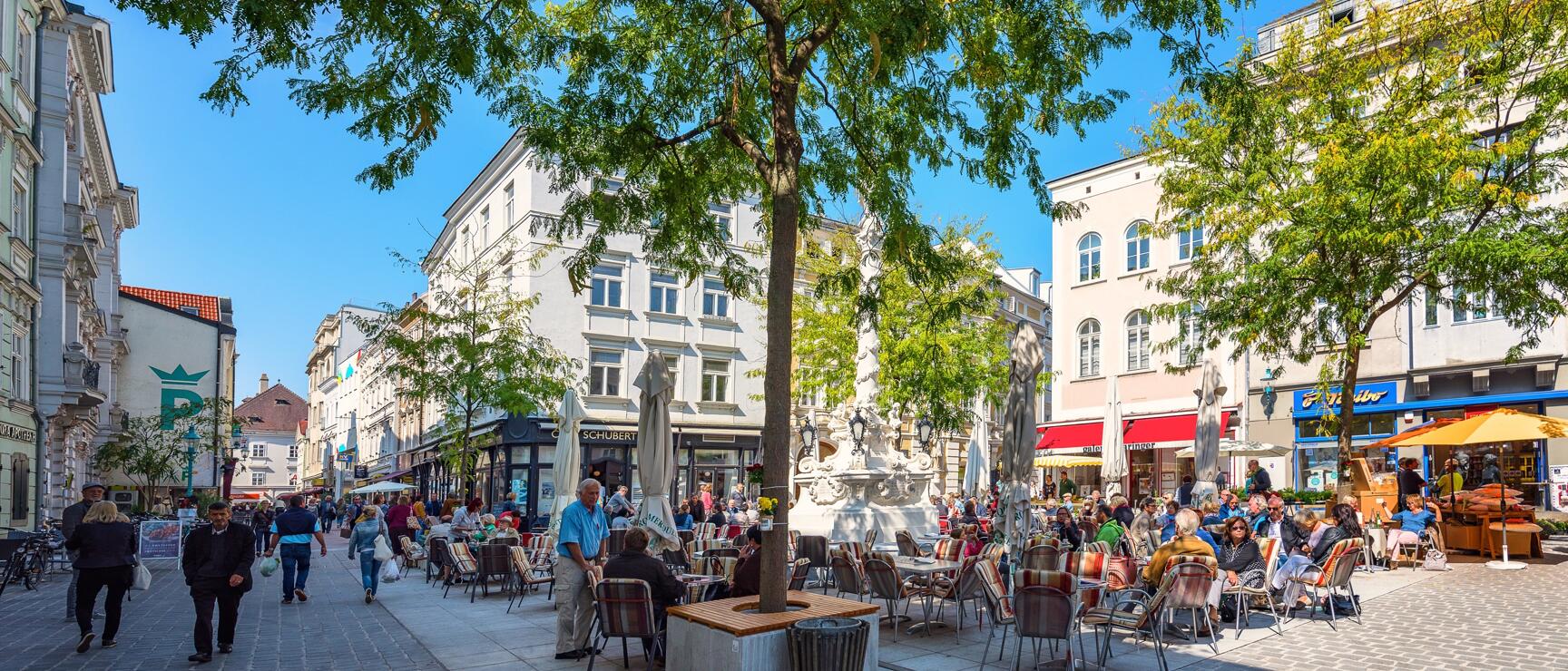A forward-thinking city
St. Pölten is always looking to the future, as evidenced by its impressive modern architecture. Enjoy classical and contemporary music performances in the glass-fronted Festspielhaus, stroll through the ultra-modern government district with the architecturally impressive "Landtagsschiff" - the aerodynamic-looking seat of the province's government - or enjoy the views from Klangturm tower.
Capital of the Baroque
At the same time, St. Pölten stands on historical foundations. The city has the oldest documented city charter in Austria, granted by Bishop Konrad of Passau in 1159. It is also considered a capital of the Baroque, with a veritable building boom transforming the city during that era. Make sure to take a walk through the magnificent old town to see the town hall and St. Pölten cathedral.
Lower Austria Card
The local guest card includes free entry to about 350 attractions throughout Lower Austria.
Meet St. Pölten
Top highlights
Tours
Family tip
Traisental cycle path
The Traisental path is perfect for a family cycling trip: The 111-kilometre route leads through the Traisental wine country in the Mostviertel region and boasts varied landscapes, from the gentle hills south of the Danube to the mountains of the Mostviertel Alps.
The overall route consists of several sections you can pick and choose from. Our recommendation for families with children: start in Mariazell or Kernhof and ride to Traismauer.
Top events
Recipes
Quick travel tips
How to make your city trip sustainable
Travel to Austria by train
Use public transport
Borrow a city bike
Use the bike rental service in your hotel
Use refillable drinking bottles
Don't have your room cleaned and towels changed every day
Book an accommodation with an environmental certificate
Lower Austria's top restaurants
Traditional country inns, taverns and restaurants
Lower Austria has a strong culinary heart - from the traditional to the experimental, but always down to earth. If you do one thing in this region, make sure to visit a traditional Austrian "Wirtshaus" (inn). These quaint places are where hospitality, characterful locals and excellent regional dishes come together - from crispy roast pork to Marchfeld asparagus and apricot dumplings from the Wachau.
